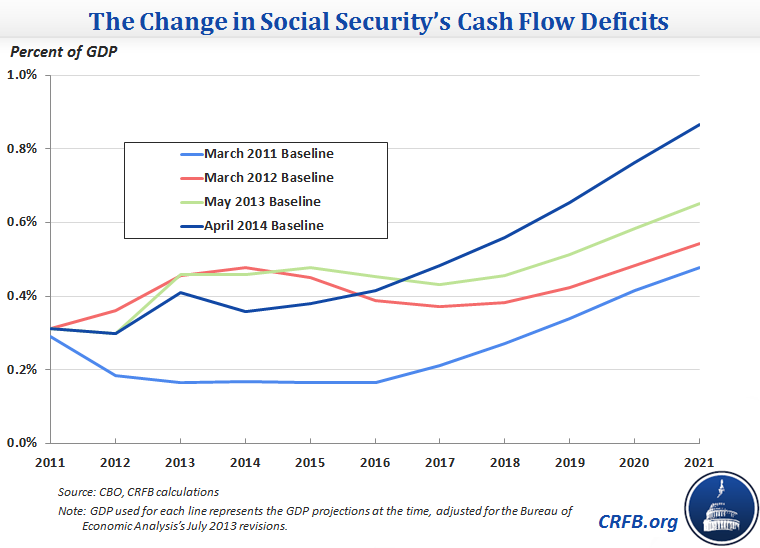Slate’s Jamie Bouie has a nice piece on how the politics of Social Security have changed, at least among progressives.
During a last-minute budget session, the Massachusetts senator introduced an amendment to “expand and protect Social Security” by raising taxes to keep the program solvent and increasing benefits to better assist seniors. The resolution failed to pass the Republican-controlled Senate, but not before Warren won support from all but two of her Democratic colleagues. (The holdouts were Tom Carper of Delaware and Heidi Heitkamp of North Dakota.)
Now, I happen to think the Social Security expansion plans are largely delusional – there simply isn’t enough money to do it. But it’s a very interesting political development that will play out through next year’s Presidential campaign.






